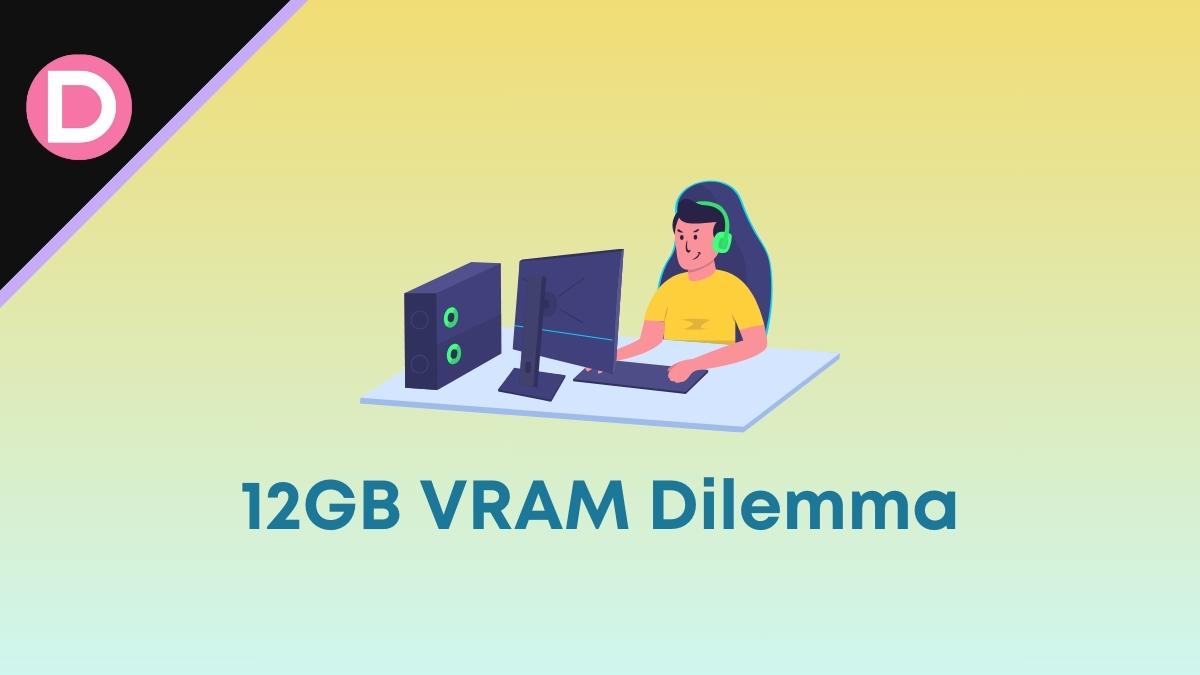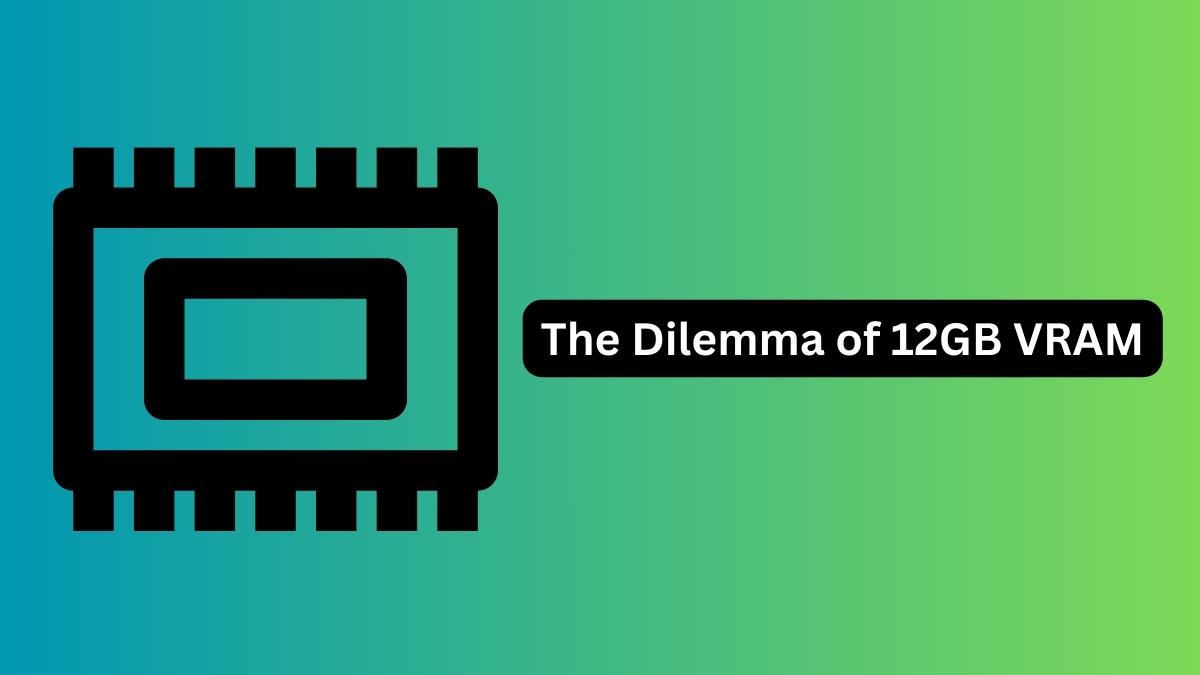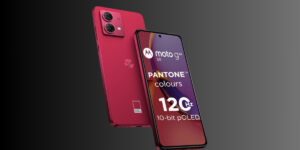As games become more and more power-hungry, the need for more powerful GPUs and VRAM also increases. Looking at the pace at which this happens makes gamers want to future-proof their next purchase. Nobody wants to buy a new GPU for when a new game comes out.
In this light, whether or not 12GB of VRAM is sufficient for future-proofing gaming experiences at 1440p and 1080p resolutions is a question many have been asking lately. Today, this is a valid concern when graphics card technology and player expectations are constantly increasing. But don’t worry, we will answer this for you.
Why Is VRAM Important?
VRAM considerably contributes to the enhancement of graphics performance. If your GPU has sufficient VRAM, games will run more fluidly and at a higher average FPS (frames per second).
It assures a consistent interval between each frame, making gaming more enjoyable. When the VRAM capacity of your graphics card is exceeded during gameplay, information must travel between VRAM and system RAM, resulting in lag and, in extreme cases, game failures.
Sufficient VRAM, such as 12GB for 1440p gaming, ensures high average FPS and fluid frame rates, augmenting the gaming experience. Additional VRAM enables you to maximize graphics settings in games.
You can enable features such as ray tracing while keeping frame rates stable. In addition, abundant VRAM reduces visual issues such as texture pop-ins that can occur when your GPU lacks adequate memory.
This ensures that you can experience flawlessly rendered high-quality textures, beautiful shaders, and immersive ray tracing. But the real question is whether or not 12GB VRAM is enough for future-proofing 1080p and 1440p games. Let’s find out.
The Dilemma of 12GB VRAM
Picture yourself on the market for a new graphics card like the RTX 4070 Ti to assemble a PC that will serve you far into 2024 and beyond. Will 12GB of VRAM be sufficient to handle games with more demanding visuals when they emerge in the coming years?
If you care about the quality of your gaming experience and the longevity of your investment, you need to handle this issue thoroughly.
Whether or not 12GB of VRAM is adequate depends heavily on several factors, the primary one being the resolution at which you intend to play. 12GB VRAM is likely plenty if your gaming goals revolve around 1080p or 1440p resolutions. Most games should still be playable within the available VRAM, even at higher resolutions.
However, when taking 4K gaming into account, the picture becomes a bit complicated. While most current games can run smoothly on 4K on 12GB of VRAM, future games will require higher VRAM for textures and other techs like Ray tracing. The need for VRAM is heavier as game graphics approach photorealism.
There is also a direct correlation between texture quality and VRAM consumption. More video memory (VRAM) is required to store and analyze high-resolution textures, intricate models, and complex sceneries.
The more graphically intensive a game is, the more VRAM it needs to render those visuals smoothly and without stuttering. So, if you plan on playing AAA titles in the future, consider getting 16GB of VRAM or more. Otherwise, 12GB of VRAM should be enough for you, even for the next 2-3 years.
Conclusion
In short, 12GB of VRAM is enough for gaming at 1440p and 1080p resolutions and should serve you well for the next few years, except for a few unoptimized AAA games. You will find it lacking if you intend to play games at 4K resolution with the highest quality textures in impending titles. Consider your gaming preferences, budget, and monitor’s resolution when deciding if 12GB of VRAM is enough.












